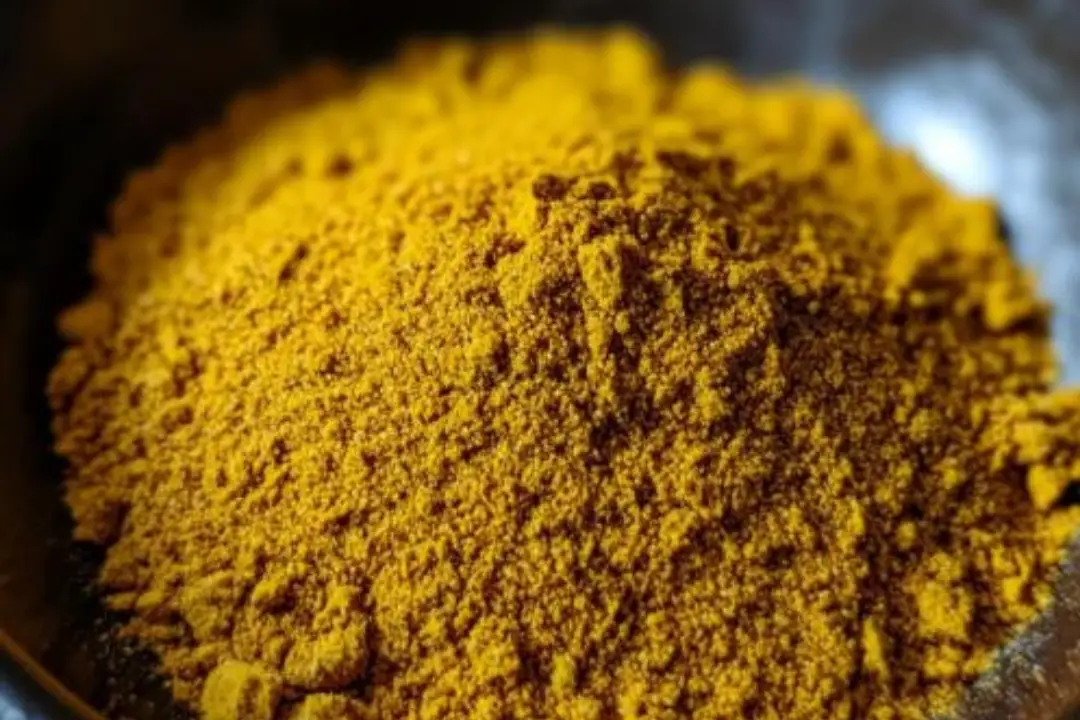Introduction:
Elevate your cooking with Homemade Spicy Curry Blends, a versatile and aromatic addition to your spice rack. This easy-to-make blend of spices allows you to customize the heat and flavor profile of your curries, stews, and other dishes. Packed with robust spices like cumin, coriander, and turmeric, this curry blend brings an authentic, vibrant taste to your meals, all while saving you money compared to store-bought options.
Ingredients:
- 2 tbsp ground cumin
- 2 tbsp ground coriander
- 1 tbsp ground turmeric
- 1 tbsp paprika
- 1 tsp ground cinnamon
- 1 tsp ground ginger
- 1 tsp cayenne pepper (adjust to taste for desired heat)
- 1 tsp ground fenugreek (optional)
- ½ tsp black pepper
- ½ tsp mustard powder
Instructions:
- Mix the Spices: In a small bowl, combine all the spices: cumin, coriander, turmeric, paprika, cinnamon, ginger, cayenne pepper, fenugreek (if using), black pepper, and mustard powder.
- Blend Well: Stir the spices until well combined. For a finer texture, you can use a spice grinder or mortar and pestle.
- Store: Transfer the curry blend to an airtight container or spice jar. Store in a cool, dark place to maintain its potency.
- Use: Add 1-2 tablespoons of the blend to your curries, stews, or marinades, adjusting to taste. Start with a smaller amount and add more as needed.
Serving Tips:
- Customize Your Heat: Start by using 1-2 tablespoons of the curry blend in your recipes. Adjust the amount based on your heat preference and the spiciness of the blend. If you like it hotter, add more cayenne pepper next time you make the blend.
- Enhance Dishes: Use the curry blend to season a variety of dishes including curries, stews, soups, roasted vegetables, and even grilled meats. It can also be mixed into marinades or sprinkled over rice and quinoa for an extra burst of flavor.
- Balance Flavors: When using the curry blend, balance its intense flavors with creamy ingredients like coconut milk or yogurt. This helps to mellow out the heat and enrich the overall dish.
- Mix with Other Spices: Combine the curry blend with additional spices like garlic powder, onion powder, or fresh herbs for a more complex flavor profile. Experiment to find the perfect combination for your dishes.
- Adjust Seasonings: Taste your dish as it cooks and adjust the seasoning if necessary. Adding a pinch of salt or a splash of lemon juice can enhance the overall flavor of your curry.
Storage Tips:
- Keep it Airtight: Store your homemade curry blend in an airtight container to keep it fresh and flavorful. Spice jars or small glass containers work well for this purpose.
- Store in a Cool, Dark Place: Place the container in a cool, dark cupboard or pantry. Heat and light can degrade the spices and diminish their potency over time.
- Avoid Moisture: Ensure that the container is completely dry before adding the spice blend to prevent moisture from affecting the spices. Moisture can cause clumping and reduce the shelf life.
- Use Within 6 Months: For the best flavor, use the curry blend within 6 months. While it remains safe to consume beyond this period, the flavors may become less vibrant.
-
Label Your Container: If you make different spice blends, label each container with the date of preparation. This helps you keep track of freshness and avoid using expired spices.
1. Indian-Style Garam Masala Curry Blend:
Conclusion:
Homemade Spicy Curry Blends offer a customizable and cost-effective way to enhance your dishes with bold, aromatic flavors. Perfect for adding a kick to your curries, soups, and sauces, this spice blend is both easy to make and store. Enjoy the convenience and freshness of a homemade curry blend, tailored to your heat preference and flavor preferences. Create unforgettable meals with this versatile and flavorful addition to your spice collection.

